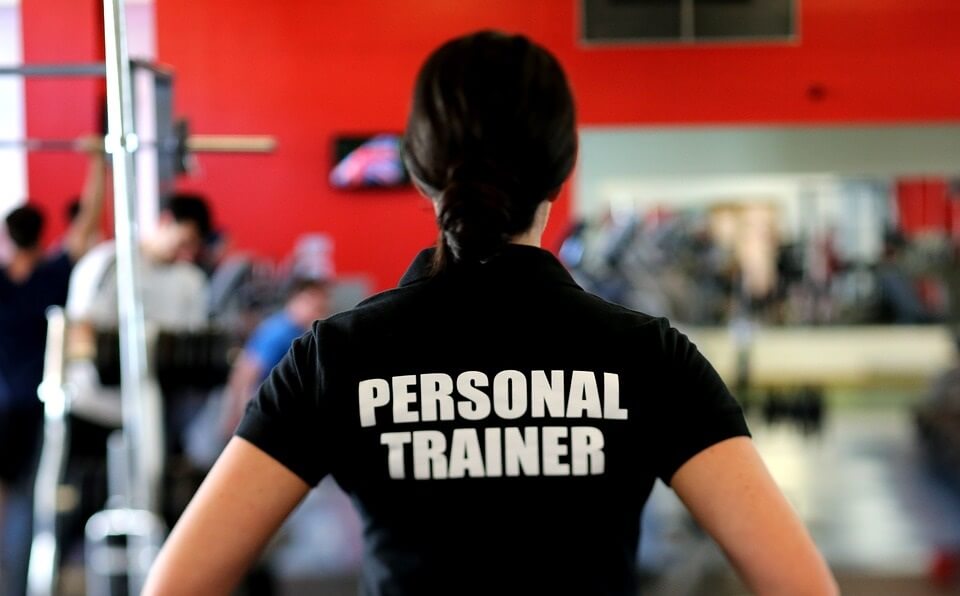 Coming into the Agile world, we not only encounter new rules and practices, but also gain new roles to enforce them. Some of them are quite clear, like being a team member and completing tasks to add incremental value to the process. Others are a little less self-explanatory and require a deeper understanding and training in Agile. One of the most misunderstood roles is the one of a Scrum Master. While this is one of the most important ones for the Scrum team, it often gets neglected or reduced due to the lack of knowledge and experience. So what should a Scrum master be? Let’s see.
Coming into the Agile world, we not only encounter new rules and practices, but also gain new roles to enforce them. Some of them are quite clear, like being a team member and completing tasks to add incremental value to the process. Others are a little less self-explanatory and require a deeper understanding and training in Agile. One of the most misunderstood roles is the one of a Scrum Master. While this is one of the most important ones for the Scrum team, it often gets neglected or reduced due to the lack of knowledge and experience. So what should a Scrum master be? Let’s see.
Scrum Master is defined as a person who is accountable for removing impediments to the ability of the team to deliver the product goals and deliverables. In other words, it is not about being a traditional team leader, but more about being a guide for the team to navigate difficulties and achieve success. It is in fact because the Scrum Masters role is hardly found within any other project management approaches rather than Agile, that it makes it difficult to understand and easy to misinterpret by those new to the approach.
A good Scrum Master is a listener and a facilitator first, a coach and a leader second. They should be able to not simply lead, but to create self-organizing teams that make their companies successful. They should also be the most knowledgeable and the most enthusiastic about Agile, thus relaying their passion onto the team. However, as you can guess, working on this team level is temporary only the first step in the Scrum Masters process.
All in all this role is composed out of three gradual steps – the team, the intercompany relationships and the entire system.
- The first step is the Scrum Masters team. From the very start the person in this role is responsible for making sure the team functions well. For that they have to explain how the Agile process works, facilitate meetings, help remove any issues and coach the team so that eventually they become self-sufficient and only need assistance in extraordinary situations. So the first step is all about assisting and guiding the team.
- The second step speaks about relationships. Once the team processes are all figured out and running smoothly, the Scrum Master should shift their focus outward. The relationships between the team and other entities should become the focal point as well as facilitating them and aiding the product owner in building a greater overall vision. Contrary to the first step, this one is continuous and never stops.
- The third and the last step of a Scrum Masters responsibilities is overseeing the entire system. Here they have to distance themselves even further and take a look at the whole company. See what should be fixed at the organizational level, help growing leaders and coach the whole organization to be agile.
Contrary to the popular first impression, Scrum Master is not only responsible for coaching the team, but should also be able to see the greater vision and aid the whole organization in their efforts to be Agile. Coaching the team and enabling them to work efficiently is only the first step and part of the job and focusing solely on it hurts not only the image of some Scrum Masters, but also the organization that misses out on great advice and the possibility to be steered in the right direction.
A scrum master should be a great guide and facilitator, someone passionate and positive about Agile and someone that has the ability to see not only their team, but the whole company steering them into the right direction. A positive attitude never hurts as well!




